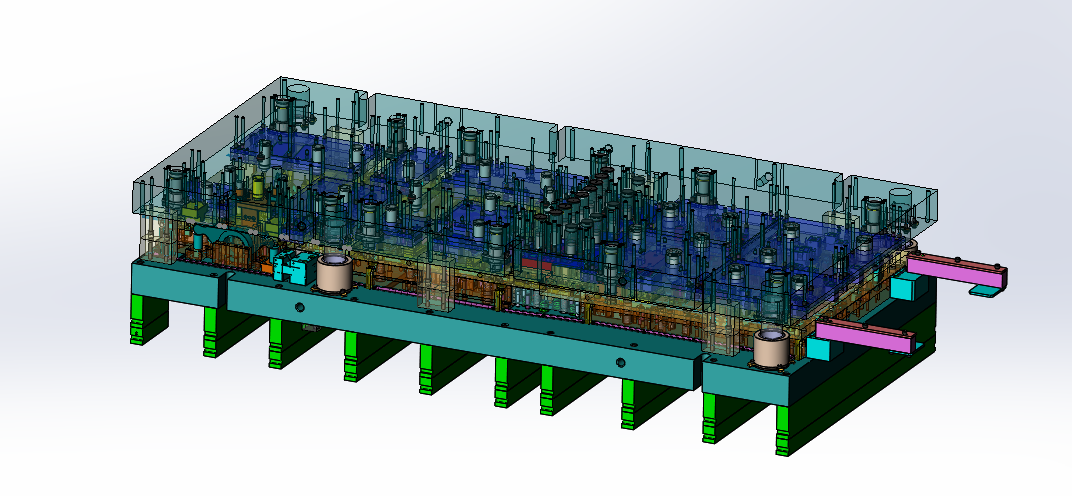Today’s precision metal stampers are turning to sophisticated 3D simulation software to produce high quality parts.
Although most industries are experiencing strong growth, that doesn’t eliminate the desire to reduce wasted resources, improve quality, and shorten turnaround time. When designing or redesigning components that include metals stamped parts, the tooling can be time consuming and expensive to develop, so getting it right the first time is critical.
To remain competitive, engineers turn to metal stampers for support in designing high volume components, without defects. To assist manufacturers, many stampers use simulations before investing in tooling. When design and engineering teams collaborate using 3D simulations, they can assess and provide recommendations for ease of manufacturing, durability, quality, and cost containment - resulting in the best solution.
The sooner precision metal stampers are involved in the part design process, the better. Metal stamping suppliers who have in-house engineering resources can make modifications during the design phase, if a flaw is discovered. With their expertise they can often propose design improvements that lead to significant savings in production time and expense.
Virtual Manufacturing Simulation Advantages
Through the use of simulations, manufacturers can:
- Prevent manufacturing issues like wrinkles, splits, thinning, and springback
- Calculate material usage, tonnage, and forming feasibility
- Determine best materials for a job
- Identify design for manufacturability (DFM) improvements
- Eliminate scrap
- Prevent defects
In addition to using simulations for design purposes, robust computing systems can reduce the amount of time needed to investigate defects. And, die simulations can act as a preventative measure, instead of simply reacting to quality issues after the fact, by identifying potential problems prior to tooling construction.
Waltzman also states, “When an issue arises in manufacturing, there is typically not a lot of time to ponder what is going wrong. Action needs to happen quickly. Access to robust on-demand computing environments can reduce the amount of time needed to investigate the defect. As simulation technology continues to be more ingrained in your company’s process, it can be used for preventative measures instead of just a reaction to known issues. This is when the power is truly unlocked for the manufacturing organization.”
From concept to completion, metals stampers that use simulations can help design and engineering teams develop the highest quality tooling that results in the highest quality components. Testing and validating prior to tool build out ensures that the prototype tooling and early parts are designed using best practices.
A couple points to consider when using simulations is that although they provide a good idea of possible acceptable results, there can still be failures in real word applications due to material property variations. Also, there are varying degrees of simulation. The more detailed the product, process and raw materials being simulated and the number of simulations performed can significantly increase cost. ROI should be evaluated to determine the extent of simulation necessary.
Most manufactures agree that the best way to improve profitability is by enhancing product quality. 3D Simulations can identify changes that improve product quality and performance quickly and accurately, aid in the evaluation of feasibility, reduce lead-times, and provide a foundation so that the entire tool build process runs smoothly. Simulations have helped to revolutionize the stamping industry and will continue to contribute to efficiencies as technologies evolve.


